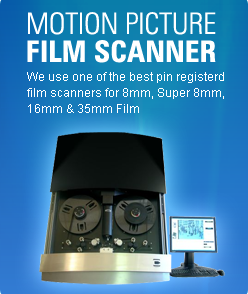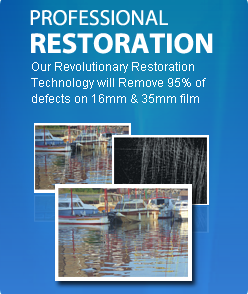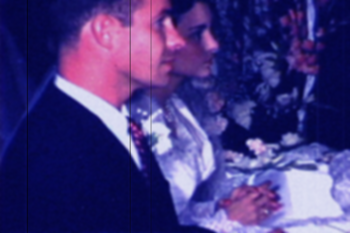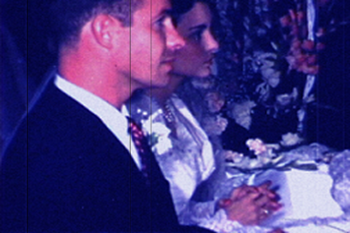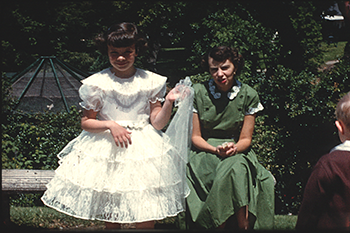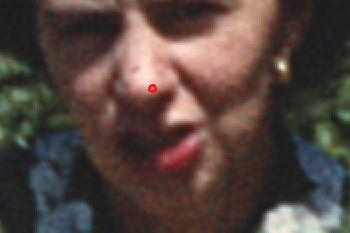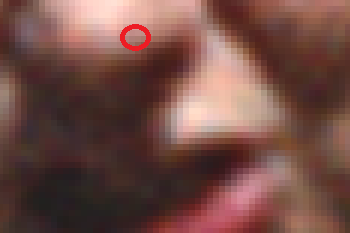
The first table shows how the same film looks using our 4 different processes. You can see that the difference can be significant for our Indianapolis customers.
The second table presents a case for scanning 8mm and Super 8 film at 2K resolution. In the past year we have done 20 comparisons. Contrary to popular belief, we do see a noticeable difference in quality between our Pro HD and Pro 2K process on 8mm and Super 8 film.
8mm And Super 8 Film Indianapolis |
|
SD Scan
|
|
Pro HD Scan
|
|
Pro 2K Scan
|
|
Pro 4K Scan
|
|
Film Resolution |
|
Resolution of Film |
|
Film Grain
|
|
Film Grain vs Digital Pixel
|
|
Indianapolis Fun Facts: Indianapolis, the largest city in Indiana and its state capital, is located in the center of the state on the White River. Settled in 1820, "Indy" was incorporated as a city in 1832 and saw tremendous growth with the advent of railroads in the 1840s and the automobile industry at the turn of the century. Today, Indianapolis is the twelfth-largest city in the United States, with a steadily-growing population of around 800,000 and a strong, diverse economy supported by manufacturing, agriculture and the service industries. Leading employers in the area include electronics, pharmaceuticals, publishing, food processing and insurance companies.
Indiana Fun Facts: With a name that is generally thought to mean “land of the Indians,” Indiana was admitted on Dec. 11, 1816, as the 19th state of the union. Its capital has been at Indianapolis since 1825. Indiana sits, as its motto claims, at “the crossroads of America.” It borders Lake Michigan and the state of Michigan to the north, Ohio to the east, Kentucky to the south, and Illinois to the west, making it an integral part of the American Midwest.
